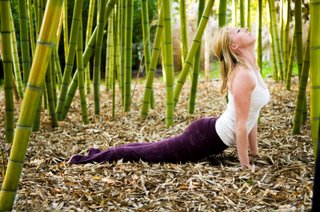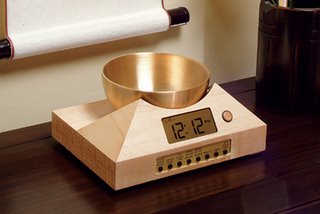
better posture from yoga
Your mom was right: You’ll look better and feel great if you stop slouching and stand up straight. Yoga can help you do just that—in a way that honors your spine’s natural curves. Here’s a guide to assessing and improving your posture.
Are you a slumper? A swayer? Chances are you’re one or the other to some degree—despite Mom’s best efforts all those years ago to get you to sit up straight and stop slouching. She probably told you that you’d look and feel better if you worked on your posture, and she was absolutely right. But if you’re like most people, you rolled your eyes and ignored her, or straightened up until she wasn’t looking. And you probably didn’t give posture much more thought at all until you walked into your first yoga class and tried to stand in Tadasana (Mountain Pose).
When you’re a beginner, it’s surprisingly complicated to master the art of rooting down through the feet while lengthening up through the spine, keeping your chest open without jutting your lower ribs out, and keeping the legs muscles strong and lifted without tensing the belly or jaw. But ultimately, Tadasana demands just one simple thing: that you stand in a way that supports the natural curves of a healthy spine. So why is it so difficult? And why do we work so hard to master good posture in yoga—leaving class feeling taller and healthier—only to slump down in the car seat on the way home or revert to a swayback when we heft our overstuffed yoga bags onto our backs?
In short, modern life conspires against good posture. We spend our days sitting at desks, staring at computer screens. When we travel, we do it in cars or—worse—airplanes. We lounge around in overstuffed chairs designed more for looks than for lumbar support. And we pay people to mow our lawns, tend our gardens, and remove our trash so we can spend more time working or driving or sitting. Nonsedentary cultures—with a few exceptions—don’t have the same epidemic of back and neck problems that we do. Picture a woman gracefully balancing a large basket of food on her head. To carry such a heavy weight, she must have a perfectly aligned spine and strong posture-support muscles. You don’t get that kind of alignment and strength from sitting around and watching the tube. You can, however, get it from a regular yoga practice.
Take comfort in knowing that yoga trains your mind as well as your body. As you continue to devote yourself to your practice, you will become more present in your body and more aware of your alignment, and you will begin to naturally make choices that will improve your health and your quality of life. Over time, the combination of increased awareness and physical training will allow your improved alignment to spill out into other areas of your life. Before you know it, you’ll feel at ease as you practice good yoga alignment while you’re perched at your desk, standing at the copier, and sitting at dinner. You’ll be doing yoga during all of your waking hours. And who knows? You might just impress your mom!
adapted fromYoga Journal, by Julie Gudmestad
Use our unique “Zen Clock” which functions as a Yoga Timer. It features a long-resonating acoustic chime that brings your meditation or yoga session to a gradual close, preserving the environment of stillness while also acting as an effective time signal. Our Yoga Timer & Clock can be programmed to chime at the end of the meditation or yoga session or periodically throughout the session as a kind of sonic yantra. The beauty and functionality of the Zen Clock/Timer makes it a meditation tool that can actually help you “make time” for meditation in your life. Bring yourself back to balance.

Zen Timepiece, a yoga timer and clock with Tibetan bowl
Now & Zen – The Yoga & Meditation Timer Store
1638 Pearl Street
Boulder, CO 80302
(800) 779-6383
Posted in intention, Well-being, yoga, Yoga Timer, Yoga Timers by Now & Zen, Zen Timers